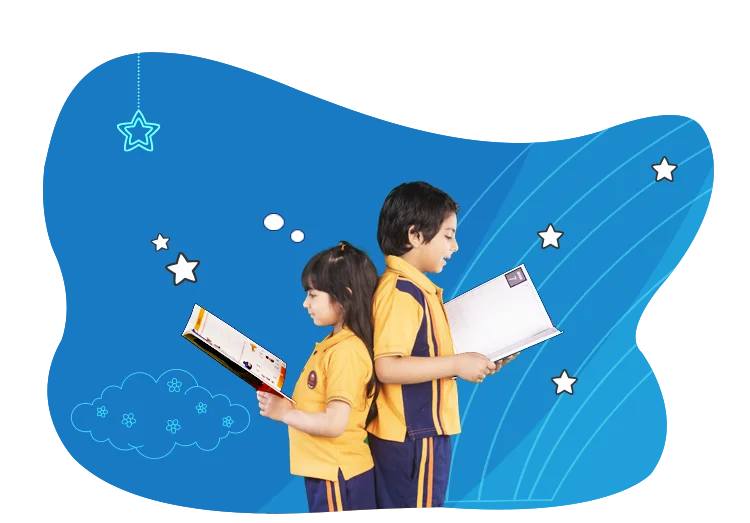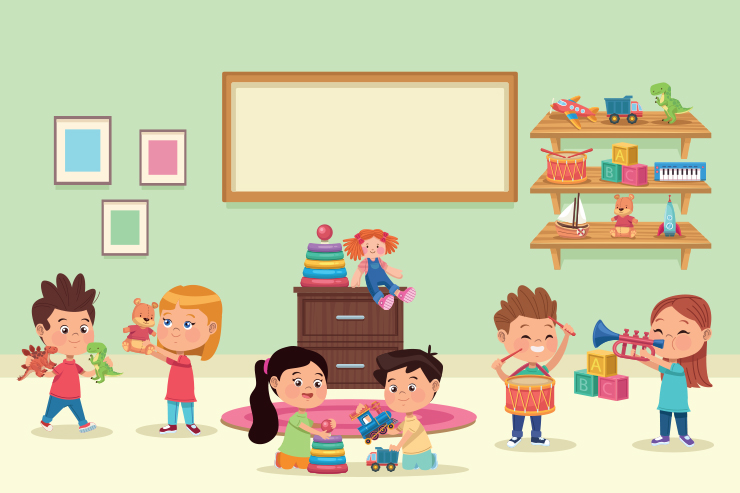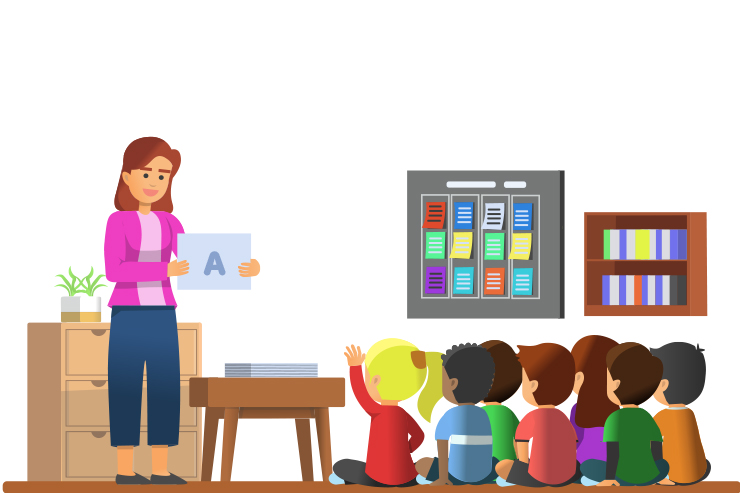Choose between Montessori Preschool and Traditional Preschool

One of the toughest decisions that a parent has to make is to find the best preschool for their child because it is the stepping stone for every child. The first thing to do is to make a choice between Montessori preschool and traditional preschool classrooms.
Early education builds a foundation that kids need for the future. That is why it is important for parents to decide whether they should choose Montessori schooling or traditional classroom.
Here is a brief difference between Montessori classrooms and traditional classrooms:-
- Montessori Classroom
The Montessori preschool emphasizes independence, self-directed learning, and the use of specially designed materials to foster holistic development. In Montessori schooling, children have the freedom to choose their activities and work at their own pace. Such classrooms are typically arranged with various learning stations, allowing children to explore different subjects and engage in hands-on experiences.
Key Principles of Montessori Education:
- Montessori schooling facilitates independent exploration and learning. They are organized with specific learning materials and activities that cater to the developmental needs and interests of the children.
- The environment is designed to be aesthetically pleasing, orderly, and inviting, encouraging children to engage in purposeful work.
- It emphasizes the importance of allowing children to follow their own interests and learn at their own pace.
- Montessori classrooms are equipped with a wide range of specially designed learning materials that promote hands-on exploration.
- In Montessori classrooms often children of different ages learn together.
- It places great importance on treating each child with respect and dignity.
2. Traditional Classroom
Traditional preschools follow a more structured and teacher-led approach to early childhood education. The classroom environment typically includes defined areas for different activities, such as reading corners, play areas, and art stations.
While there can be variations among different traditional preschools, they generally share some common characteristics:
- Traditional preschools often have a defined curriculum that focuses on preparing children for formal schooling.
- In traditional preschool classrooms, teachers play a central role in planning and leading activities.
- Play is often incorporated into the curriculum through free play, group activities, and designated play areas. Social skills development, cooperation, and interaction with peers are also encouraged.
- Traditional preschool classrooms are typically organized into various learning areas, such as reading corners, art stations, and play areas.
- Traditional preschools often focus on preparing children for the transition to formal schooling.
- They aim to develop skills and knowledge necessary for success in kindergarten and beyond, such as letter recognition, number sense, fine motor skills, and following instructions.
- Teachers may introduce more structured routines and expectations to help children adjust to the school environment.





